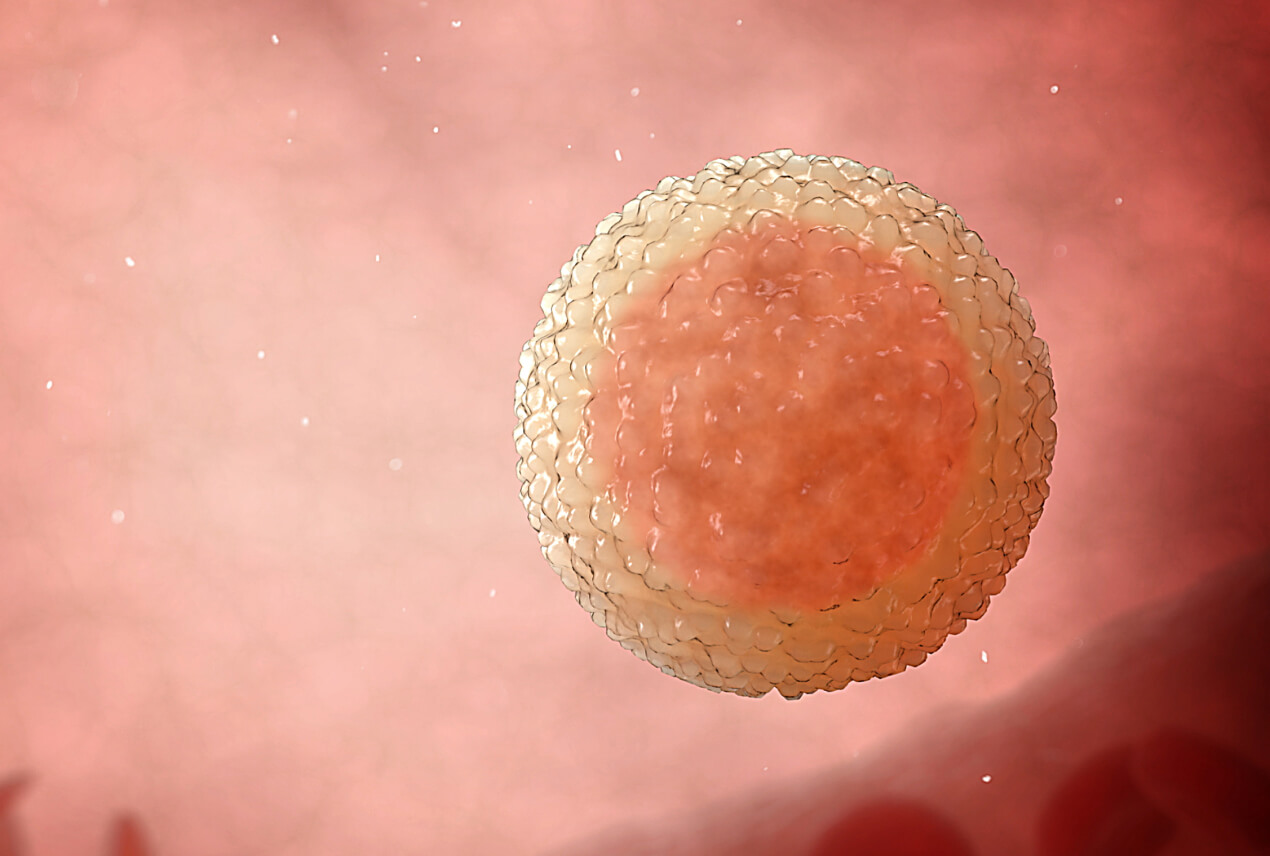Ovulation is a vital part of your menstrual cycle. Two reasons you might want to investigate ovulation are to understand more about how your menstrual cycle works and affects your body, and to understand the relationship your body has to your menstrual cycle, if you're trying for a baby and want to improve your chances of conception.
Let's dive into the facts about ovulation and why it plays a significant role in pregnancy.













